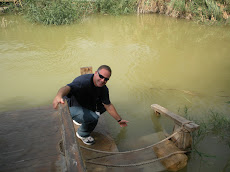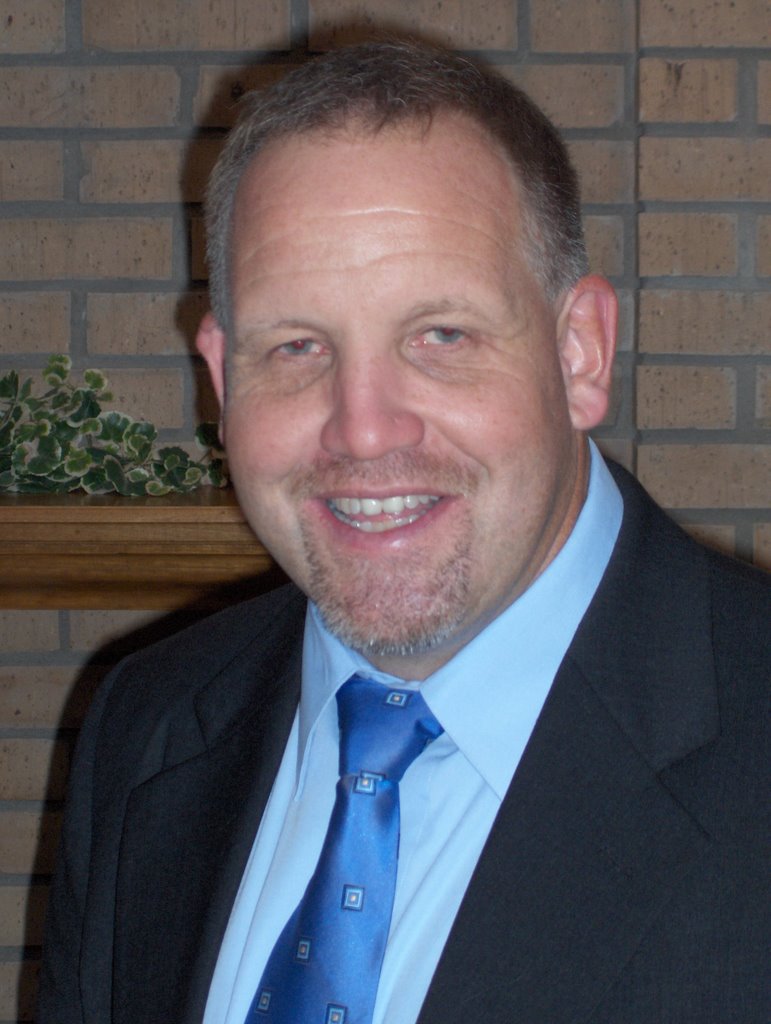Let's continue Orr's wonderful article on prayer and revival...
How did the situation change? It came through a concert of prayer.
There was a Scottish Presbyterian minister in Edinburgh named John Erskine, who published a Memorial (as he called it) pleading with the people of Scotland and elsewhere to unite in prayer for the revival of religion. He sent one copy of this little book to Jonathan Edwards in New England. The great theologian was so moved he wrote a response which grew longer than a letter, so that finally he published it is a book entitled 'A Humble Attempt to Promote Explicit Agreement and Visible Union of all God's People in Extraordinary Prayer for the Revival of Religion and the Advancement of Christ's Kingdom on Earth, pursuant to Scripture Promises and Prophecies...' Is not this what is missing so much from all our evangelistic efforts: explicit agreement, visible unity, unusual prayer?
1792-1800
This movement had started in Britain through William Carey, Andrew Fuller and John Sutcliffe and other leaders who began what the British called the Union of Prayer. Hence, the year after John Wesley died (1791), the second great awakening began and swept Great Britain.
In New England, there was a man of prayer named Isaac Backus, a Baptist pastor, who in 1794, when conditions were at their worst, addressed an urgent plea for prayer for revival to pastors of every Christian denomination in the United States. Churches knew that their backs were to the wall. All the churches adopted the plan until America, like Britain was interlaced with a network of prayer meetings, which set aside the first Monday of each month to pray. It was not long before revival came.
When the revival reached the frontier in Kentucky, it encountered a people really wild and irreligious. Congress had discovered that in Kentucky there had not been more than one court of justice held in five years. Peter Cartwright, Methodist evangelist, wrote that when his father had settled in Logan County, it was known as Rogue's Harbour. The decent people in Kentucky formed regiments of vigilantes to fight for law and order, then fought a pitched battle with outlaws and lost.
There was a Scotch-Irish Presbyterian minister named James McGready whose chief claim to fame was that he was so ugly that he attracted attention. McGready settled in Logan County, pastor of three little churches. He wrote in his diary that the winter of 1799 for the most part was 'weeping and mourning with the people of God.' Lawlessness prevailed everywhere.
McGready was such a man of prayer that not only did he promote the concert of prayer every first Monday of the month, but he got his people to pray for him at sunset on Saturday evening and sunrise Sunday morning. Then in the summer of 1800 come the great Kentucky revival. Eleven thousand people came to a communion service. McGready hollered for help, regardless of denomination.
Out of that second great awakening, came the whole modern missionary movement and it's societies. Out of it came the abolition of slavery, popular education, Bible Societies, Sunday Schools, and many social benefits accompanying the evangelistic drive.
More on the next post...
Praying for revival in my life and church
Bryan
Wednesday, September 26, 2007
Subscribe to:
Post Comments (Atom)


1 comment:
Great information in your post of Revival. Just to let you know that God is still working at James M'Gready's Red River Meeting House, regular prayer for revival has once again started and services will be held once a month in the Meeting House. We also have 2 major events each year - one of them going on for the past 13 years. God has also given us international exposure first with the BBC filimg part of a documentary last fall and another European TV crew coming next Sunday. Please remember us in prayer - the enemy is at work, but the battle has been joined - and with God all things are possible.
YHS
Parson John
Post a Comment